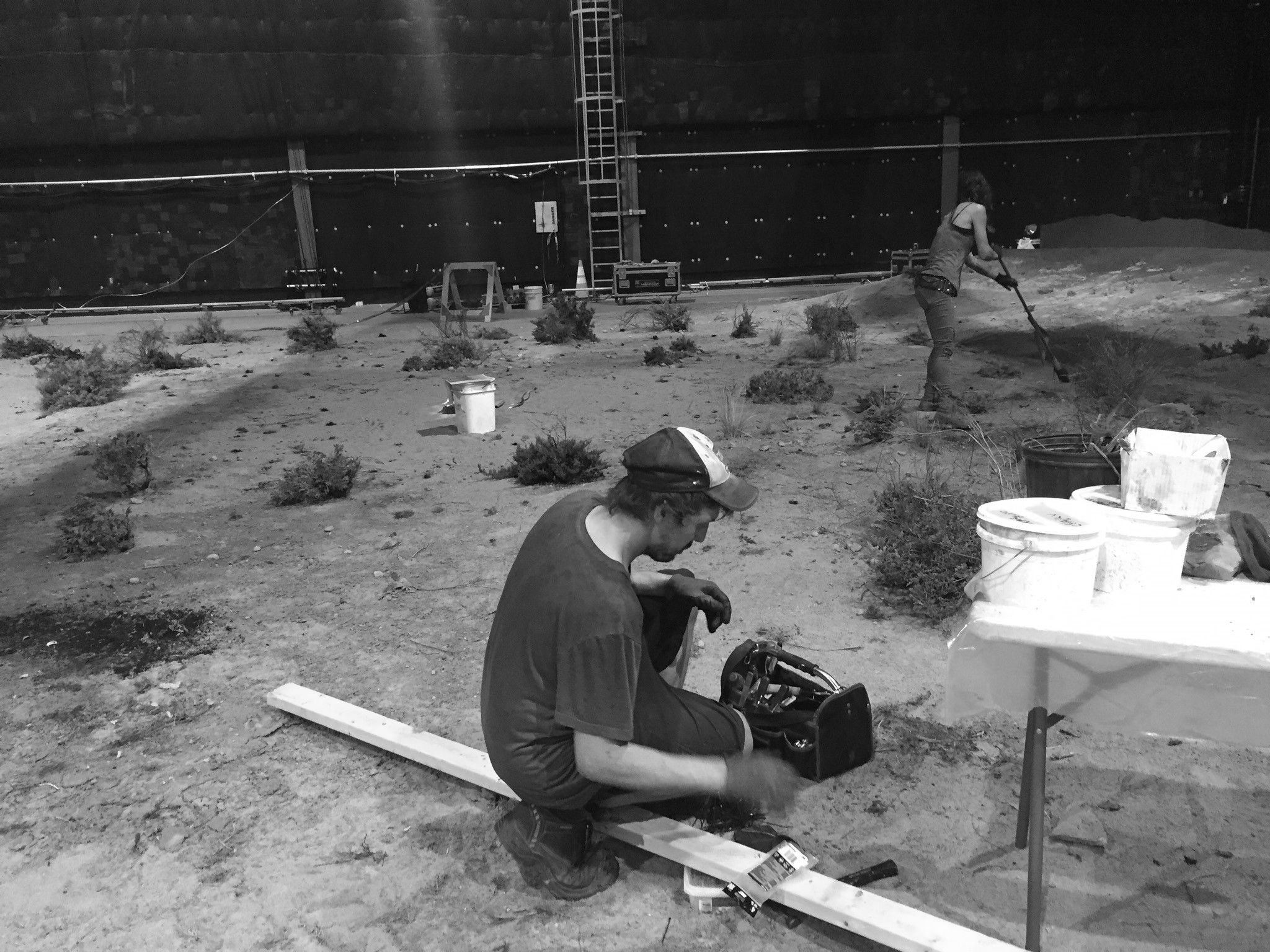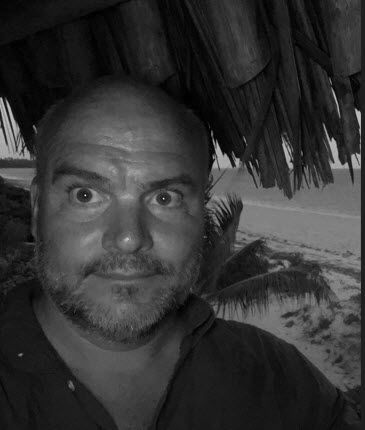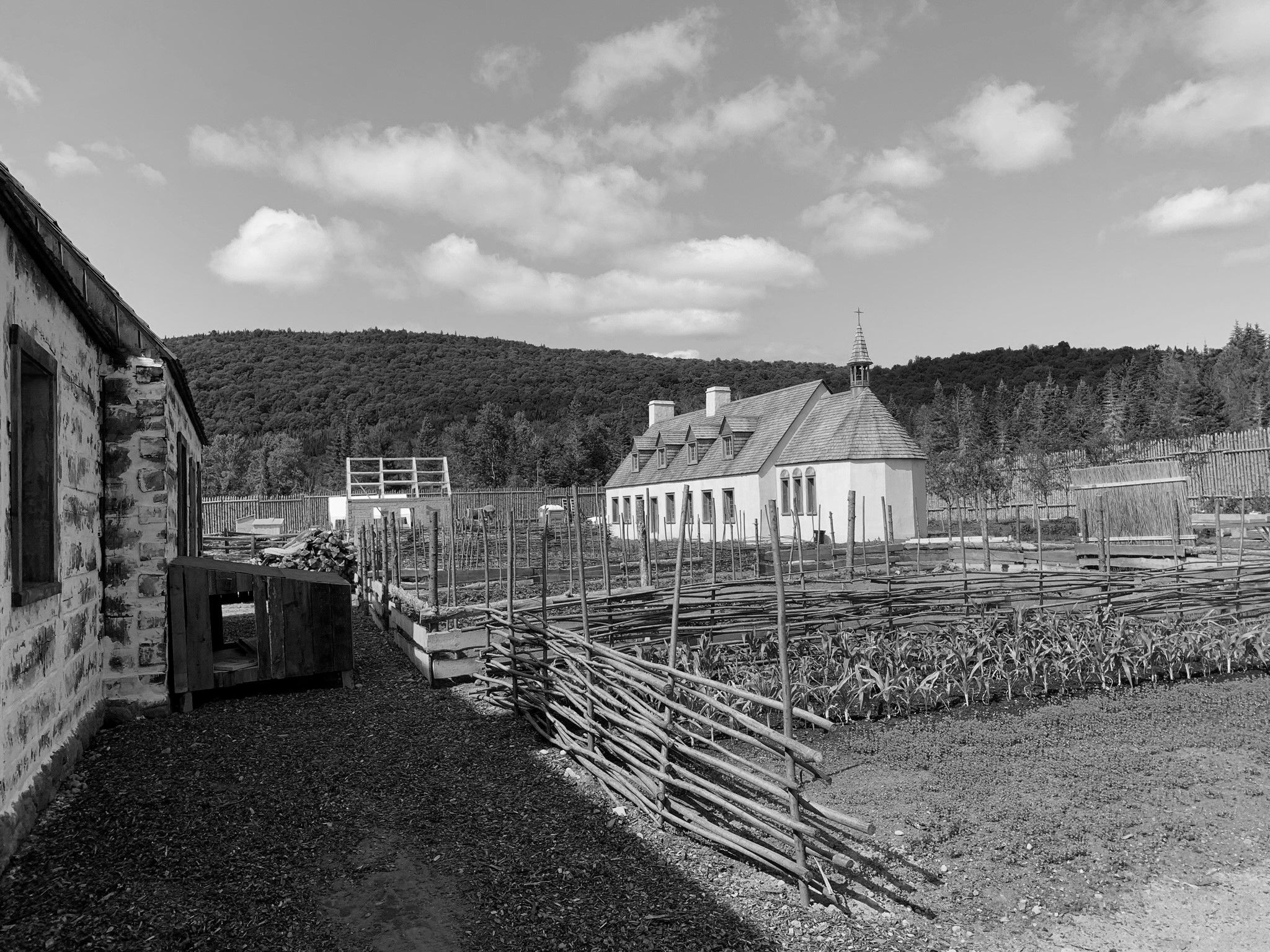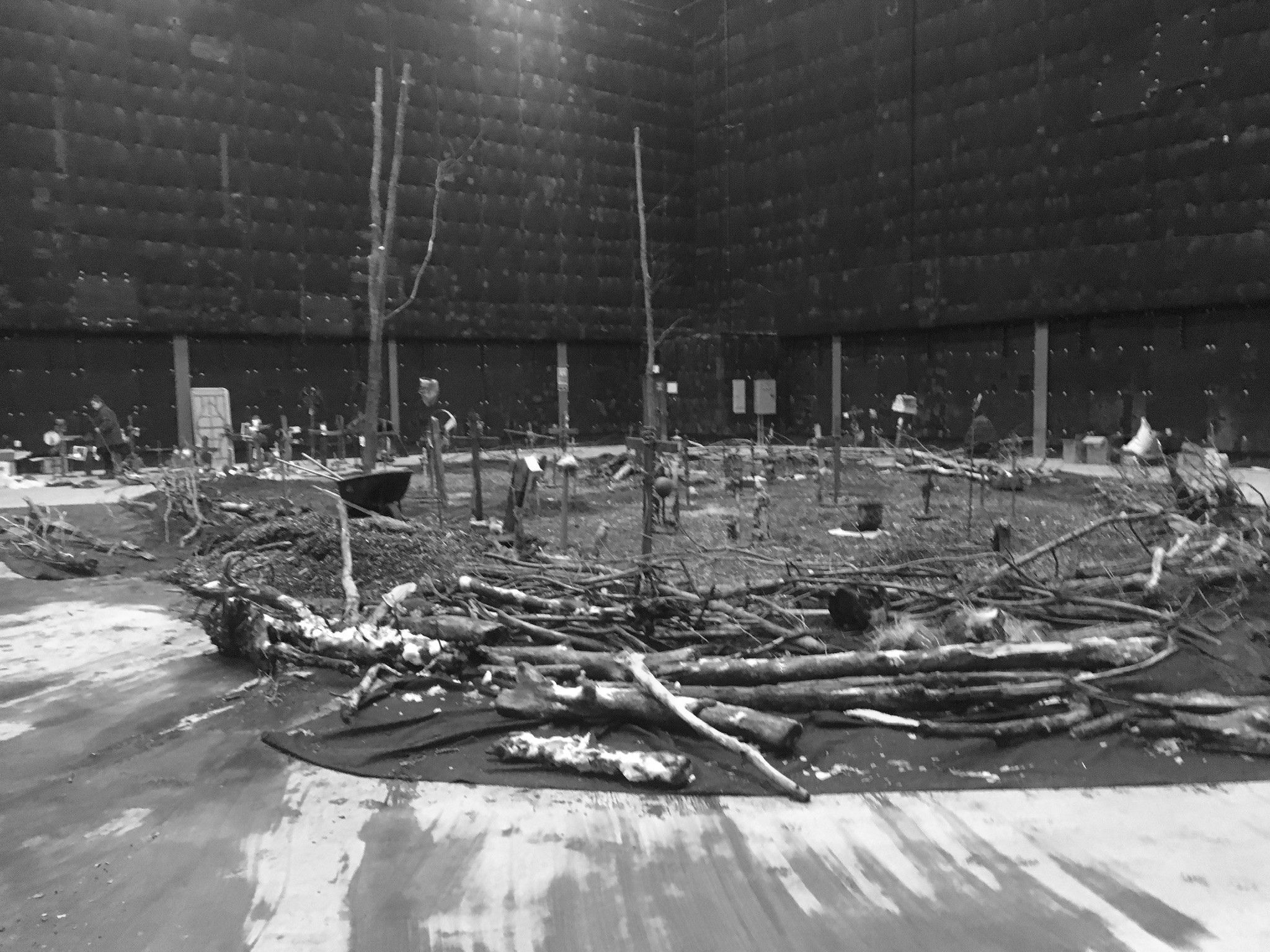Dylan La Frenière - Key Greenperson
Publié le March 1, 2023
.png)
Translated from French
WHAT IS YOUR JOB? HOW WOULD YOU DESCRIBE YOUR WORK?
My job title is “greensman” in English, the language we use when working on American films and series. In French, I’m a “chef paysagiste.” I’m part of the Greens department, the section of the art department responsible for landscaping and related work. Depending on the project, my team can be made up of anywhere from 5 to 25 greenspeople.
In concrete terms, we deal with trees, plants, flowers—anything you see onscreen that is part of the landscape. Sometimes it can be snow or roads. Basically, we handle any organic matter that’s in the film, real or human-made.
In Transformers, for example, we brought in around 20 real trees. We stripped off all their leaves and replaced them with fake leaves, so they would last for the duration of the shoot. We then had to add a patina to each leaf, to make the fake leaves look real.

WHAT PART OF THE JOB DO YOU LIKE THE BEST?
What I like is that there’s no routine. You never know what tomorrow will bring! We’re always working somewhere different, we’re always moving. We get to be outdoors and see different parts of Quebec in all seasons. There’s lots of variety.
WHAT QUALITIES ARE NEEDED FOR THE JOB?
You have to be a jack-of-all-trades—be comfortable using anything from a drill to a power saw to a little B26 backhoe. When I hire someone for my team, I expect them to be versatile and flexible.

IS THERE AN ANECDOTE ABOUT YOUR WORK THAT COMES TO MIND?
When I started more than 20 years ago, I was struck by the absurdity of cinema. I come from a farming background; I had studied agriculture and worked in organic farming. So when I switched to the movies, I saw things I never could have imagined. One time, for a film called Secret Window, we planted 500 ears of corn in pots in May, because in September or October we were going to shoot in Saint-Alexis-des-Monts, where they don’t grow corn.
In September, when it came time to shoot the film, we found out that a nearby hotel was offering its guests excursions into the woods on 4x4s. To attract bears so that people could take pictures, they would toss out corn soaked in honey. We had just replanted our corn! We thought, “My God, the bears are going to eat all our corn!” We had to hire guards to watch the corn at night. When we saw them in the morning, they were terrified. There had been lots of bears roaming about!”

HOW DO YOU SEE THE FUTURE OF THE PROFESSION?
When I started out, there weren’t many greenspeople in Quebec. Twenty years later, I’d say there still aren’t a whole lot, but we’re no longer an unknown quantity. I’ve always kept in mind that our profession might disappear one day, replaced by CGI and digital art. What we’re seeing now with green screens and the new LED screens is fascinating. For example, you can automatically, and instantly, put an image in the background. But for a close-up on the actors, CGI can’t provide the same level of realism as we do. For the first 30 or 40 feet, what we do is necessary. Maybe in the future the Greens department will be cut from 25 people to 3 or 4, but our expertise is irreplaceable.

WHAT WOULD YOU SAY IS THE QUEBEC AUDIOVISUAL INDUSTRY’S GREATEST STRENGTH?
One of Quebec’s great strengths is that we make powerful films with their own identity. The problem is that there haven’t been many shoots in the last year and a half. It’s a bit theoretical to talk about Quebec’s strengths right now, when not everyone is working.
The last big American project we had in Montreal was Transformers, and since then we’ve been in a serious slump. I haven’t hired more than 3 or 4 people for my team since then. If another blockbuster comes to town, it’ll be a challenge to find 25 experienced people who are available. But we’re all hoping for a big production this summer!
